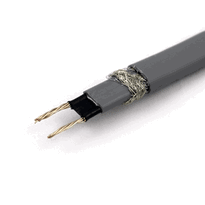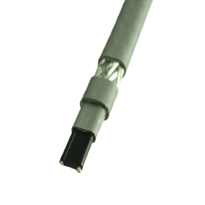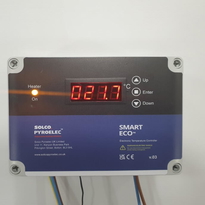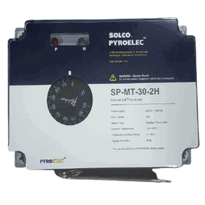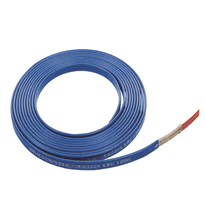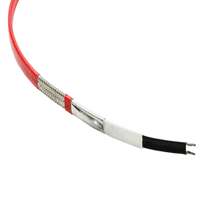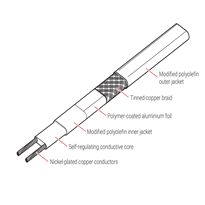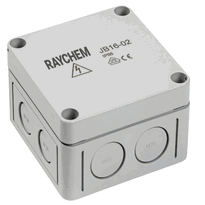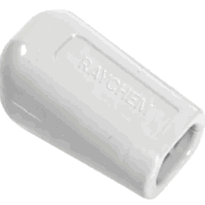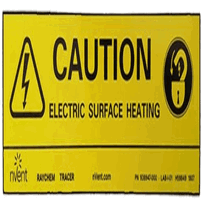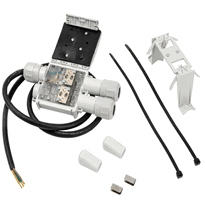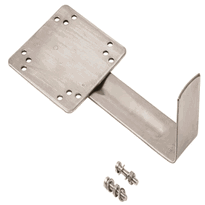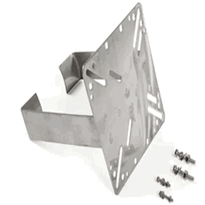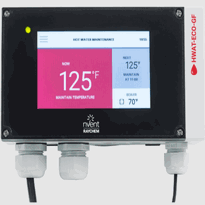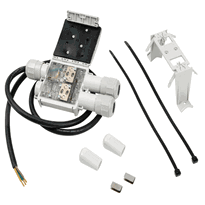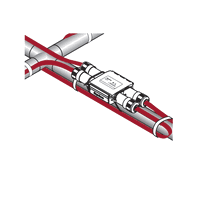Water Pipe Heater
Water pipe heaters are essential devices designed to prevent pipes from freezing and to ensure efficient water flow. They utilize various technologies, such as hydronic, electric, or thermal cable systems to provide reliable heating solutions. These heaters are suitable for residential, commercial, and industrial environments, particularly in unheated or outdoor areas where cold temperatures pose a risk to piping.
Proper installation of water pipe heaters involves accurate measurement of the pipes to ensure appropriate cable length and power rating. Securing the heating cables with suitable fixing material and insulating the pipes effectively helps minimise heat loss and maximize energy efficiency. Regular maintenance is crucial to ensure safety, prevent damage, and maintain optimal performance of the system.
Understanding the different types of water pipe heating systems enables users to apply them effectively in various settings. Careful consideration of installation techniques and maintenance requirements can significantly extend the lifespan of the heating systems and safeguard your pipes during colder months.
Types and Features of Water Pipe Heaters
Water pipe heaters are developed using a variety of technologies, each with particular features suitable for different applications and environments. Hydronic systems circulate heated water through pipes with the help of boilers, providing consistent and efficient heat distribution suitable for large or industrial settings. These systems are often connected to central heating sources, allowing for comprehensive temperature control throughout a building. Electric heating systems employ cables wound around pipes, offering flexible and rapid heating solutions that are ideal for smaller or customized installations. Fluid heat tracing systems utilise steam or other fluids, often incorporating waste heat, and are well-suited for complex setups requiring high temperature levels. Thermal cable systems use mineral-coated cables capable of achieving high temperatures. Self-regulating cables automatically adjust their heat output according to ambient conditions, thereby minimising energy wastage. Choosing the appropriate water pipe heating system depends on various factors such as pipe material, environmental conditions, safety requirements, and energy efficiency objectives. Proper selection ensures effective, safe, and energy-conscious heating tailored to specific needs.
Common Applications and Benefits
In residential settings across the UK, water pipe heaters play a vital role in safeguarding plumbing systems during the coldest months. By preventing pipe freezing and subsequent bursting, these devices help avoid costly water damage and the associated inconvenience of extensive repairs.
They're typically installed in unheated areas such as basements, crawl spaces, and outdoor taps to maintain the integrity of pipes and ensure a continuous flow of water throughout the winter.
The key benefits of water pipe heaters include
1. Protection against costly burst pipes—reducing the risk of structural damage and expensive water restoration work caused by frozen and broken pipes.
2. Ease of installation—Designed for straightforward setup by homeowners, enabling prompt action to freezing risks without requiring professional intervention.
3. Energy-efficient operation—Utilizing self-regulating technology that adjusts heat output according to ambient temperature, leading to lower utility costs while ensuring safety and performance.
You may also consider manufacturing capabilities when selecting a water pipe heater to ensure the product meets high safety standards and durability requirements, as provided by reputable manufacturers.
Installation, Maintenance, and Environmental Impact
Installing a water pipe heater system requires careful planning and precise execution to ensure optimal performance and safety.
Begin by taking accurate measurements of the pipes to determine the appropriate length of the heating cable. Proper measurement helps avoid waste and ensures efficient coverage.
Position the cable along the bottom of horizontal pipes or on the weather-facing side of vertical pipes. This placement maximizes heat transfer and reduces heat loss, improving overall efficiency.
Secure the cable using suitable materials such as fiberglass or aluminium adhesive tape. Avoid using materials like vinyl or duct tape, as these may not withstand the heat or environmental conditions.
Insulate the pipes with foam or fiberglass wraps to enhance efficiency. Proper insulation minimizes heat loss and reduces energy consumption, promoting environmental sustainability.
A thermostat is essential for regulating the temperature, preventing overheating, and ensuring the system operates within safe parameters. Regularly check and calibrate the thermostat to maintain optimal performance.
Routine maintenance includes inspecting the cables and insulation for signs of damage or wear, checking for any gaps or defects, and replacing faulty components promptly. Regular inspections help identify potential problems early. Performing periodic system testing ensures reliable operation and prolongs the lifespan of the system.
Proper disposal of used materials and any damaged components is vital to minimise environmental impact. Follow local regulations for waste disposal and recycling to maintain sustainability and safety.
Conclusion
Water pipe heaters provide effective solutions for preventing pipe freezing and maintaining consistent water flow, especially in colder climates prevalent across the UK. Selecting the appropriate type based on the specific application requirements ensures optimal performance and energy efficiency. Proper installation, regular maintenance, and consideration of environmental impacts are essential for safe and sustainable operation. Understanding these factors allows users to maximise the lifespan and reliability of water pipe heating systems while minimising operational costs and environmental effects.








